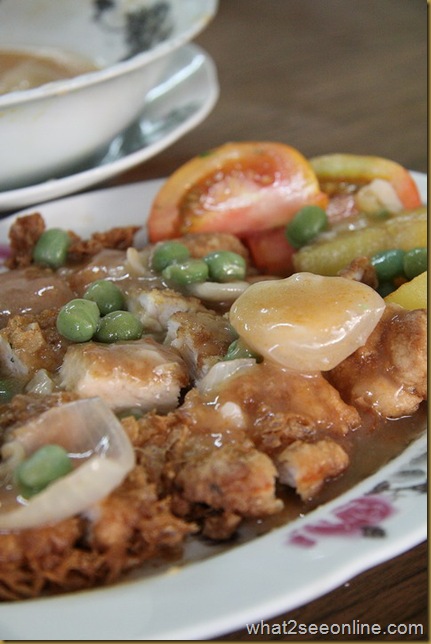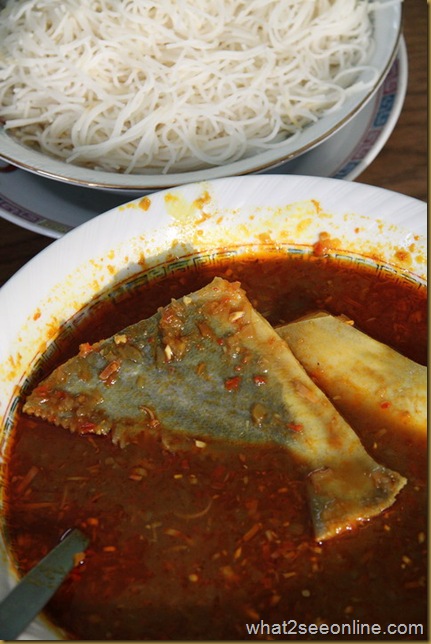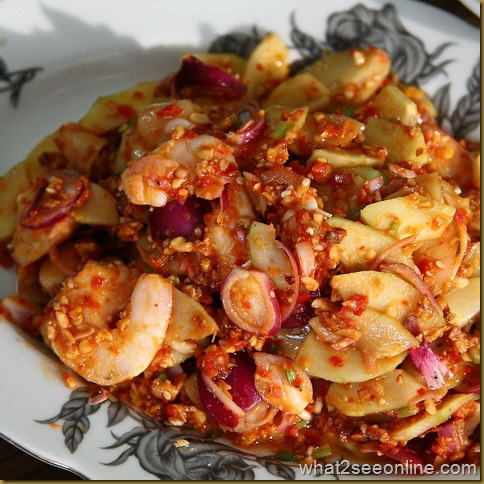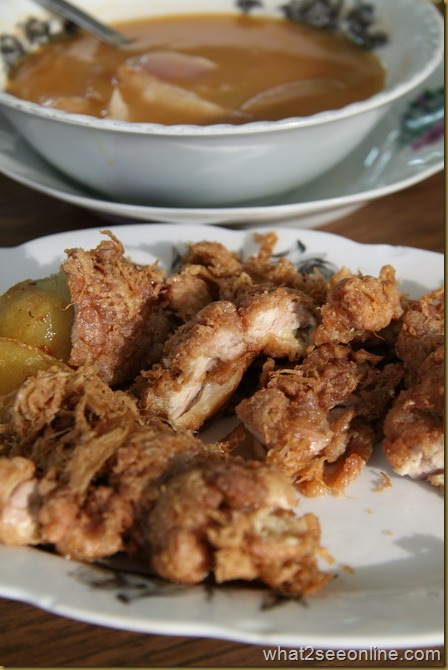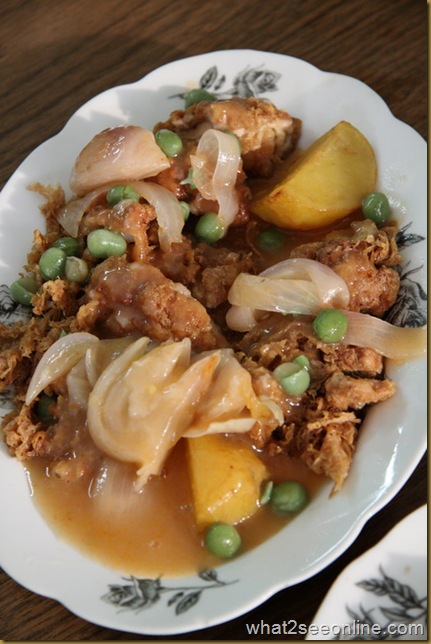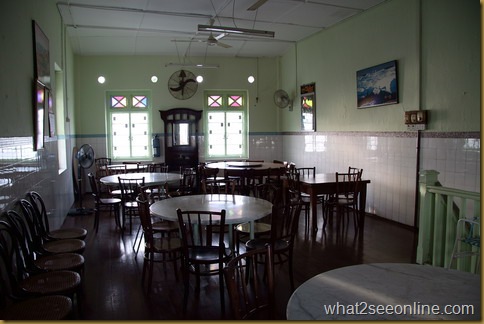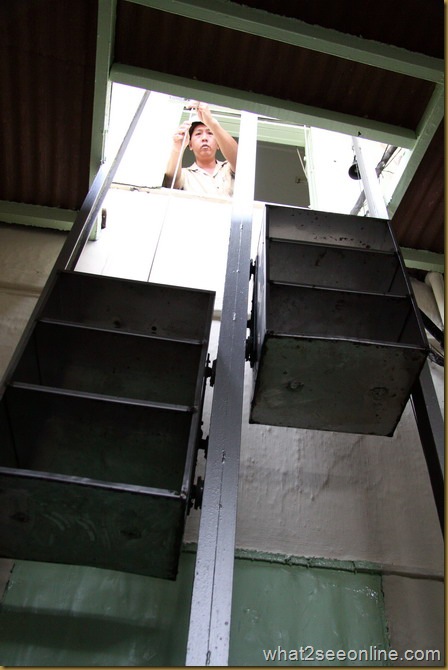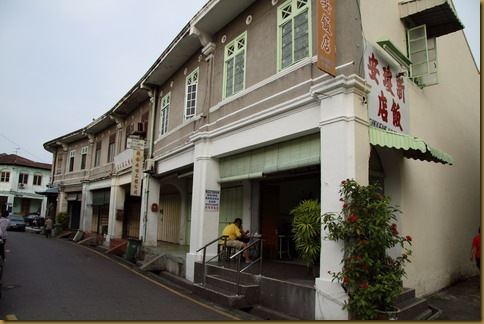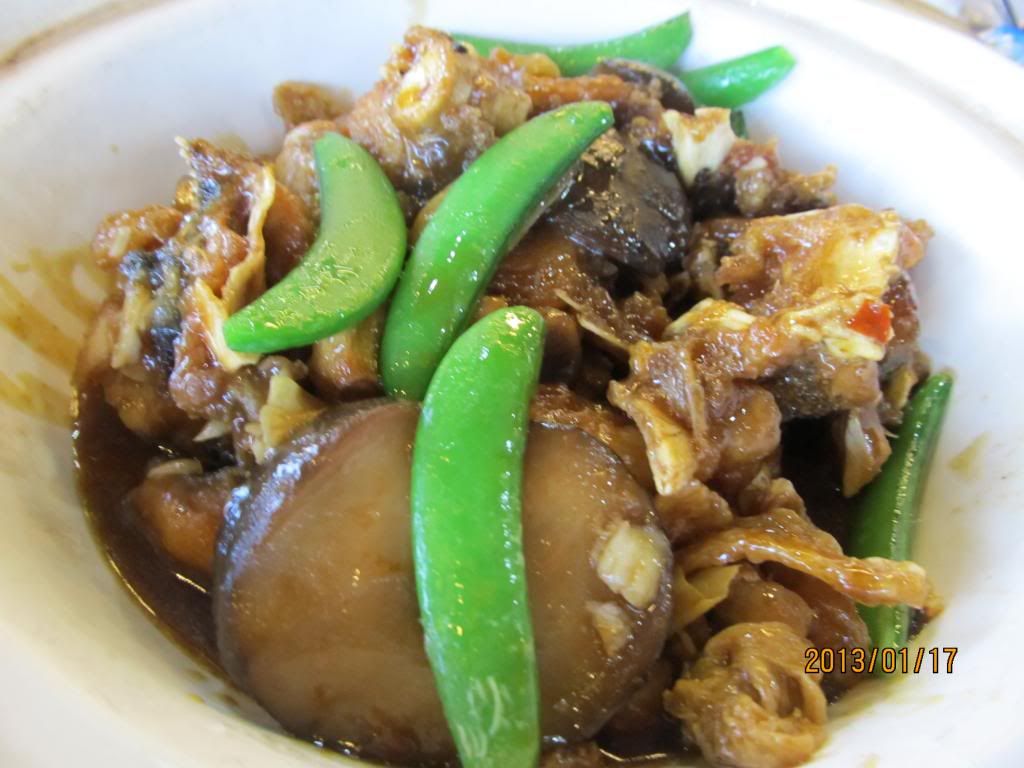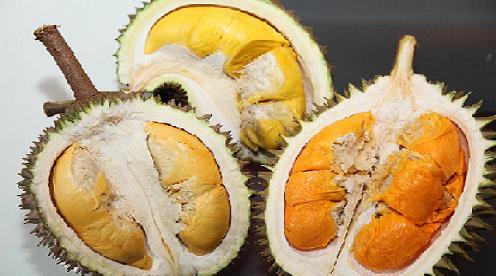You may like this from Penang.

Durian Stall in Penang (front view)
If you didn’t know that durians from Penang are famous world-over, you do now.
Balik Pulau in Penang is one of Malaysia’s premium durian cultivation zones, with the creative farm-owners cross breeding the fruit to yield the most luscious flavors, colors, aromas and innovative names.
I was in Penang for work and including the 2 in tow from KL, there were a total of 6 of us. After the work day was done with, we rewarded ourselves with a durian feast which CyL had booked in advance.
“If you don’t book and you don’t arrive early, you won’t get the best” she said knowingly. It sounded almost like a threat that if we didn’t wrap up work in time, someone else might steal our fun.
So punctually at 5.30pm, we concluded business matters and piled into our vehicles. If you have been stuck in Penang’s almost-as-famous traffic jams before, you probably know that the short distance from Pulau Tikus to Jalan Macalister took us 30 minutes. Initially, I thought we were going to the usual Jalan Anson stall (which we had patronized all these years), but MG said that the stall owners were reluctant to acknowledge and exchange substandard quality durians which were charged at premium prices.
So where is the Durian Stall?
It’s right on the corner of Lorong Susu and Jalan Macalister, you can park along Lorong Susu. I’ve labelled both stalls on the map below just in case you are desperate for durian and one stall isn’t open for any reason.

Durian Stall in Penang
And what durian varieties do they have?
Here’s a signboard that will help you with your choice. Not that they have all the types all the time, because it depends on the specific trees and when the fruits fall.
The tools of the trade

Tools of the trade
Ok, now let’s get to the durians. It was almost dinner time so we went crazy and ordered all the best varieties they had.

Green Skin Durian

I think this was the Bamboo
They were all good, very different flavors and textures. Yummy.

The Durian Susu

Durian Fingerprint Texture Test
An unripe durian is very firm and almost dry to touch. The best way to know if the durian is ripe and ready for eating is to press your finger into it and see if it leaves an imprint, indicating its softness and moisture.
(I would not recommending this test on durians displayed in supermarket packages, the supermarkets get very upset when there are lots of fingerprints all over the durian they are trying to sell).
As a substitute for finger-pressing, use your nose. The smell of ripe durians always gives it away and the stronger and more tantalizing the scent. Color is deceptive as some durians are lighter than others, but generally durian flesh does darken in color slightly on ripening.
All the durians on the table – I think each of us must have eaten at least one whole if not two…

Various durians on the table
Of course, there is no way I could return without any durians for SW so we selected several and put them in a box. Green Skin, Butter, Mau Sang Wang were the three top ones, so those got packed into plastic containers and wrapped in cling film.

All these in the box for take-away
Looks quite a lot doesn’t it? But it was wrapped up into only 7 boxes. Interestingly while we were there wrapping these, several tourists from Macau also visited the stall and wanted to bring some back. Unfortunately, their tour guide informed them that Airasia would not accept durians onto their flight and that it was pointless to spend money buying them as they would probably be confiscated.
Hey Airasia, maybe its time to allow people to bring it on as long as its packed and sealed well (they have to use a cling wrap service for the entire bag perhaps) and pay a surcharge for these. After all, what else is there really to buy as a real cultural souvenir in Penang?

Durian menu in Chinese
Some parting shots, the durian names in chinese, for the benefit of our chinese readers, and a shot of all the durian husks in bins waiting for the garbage truck.

Durian Skin Bin




















